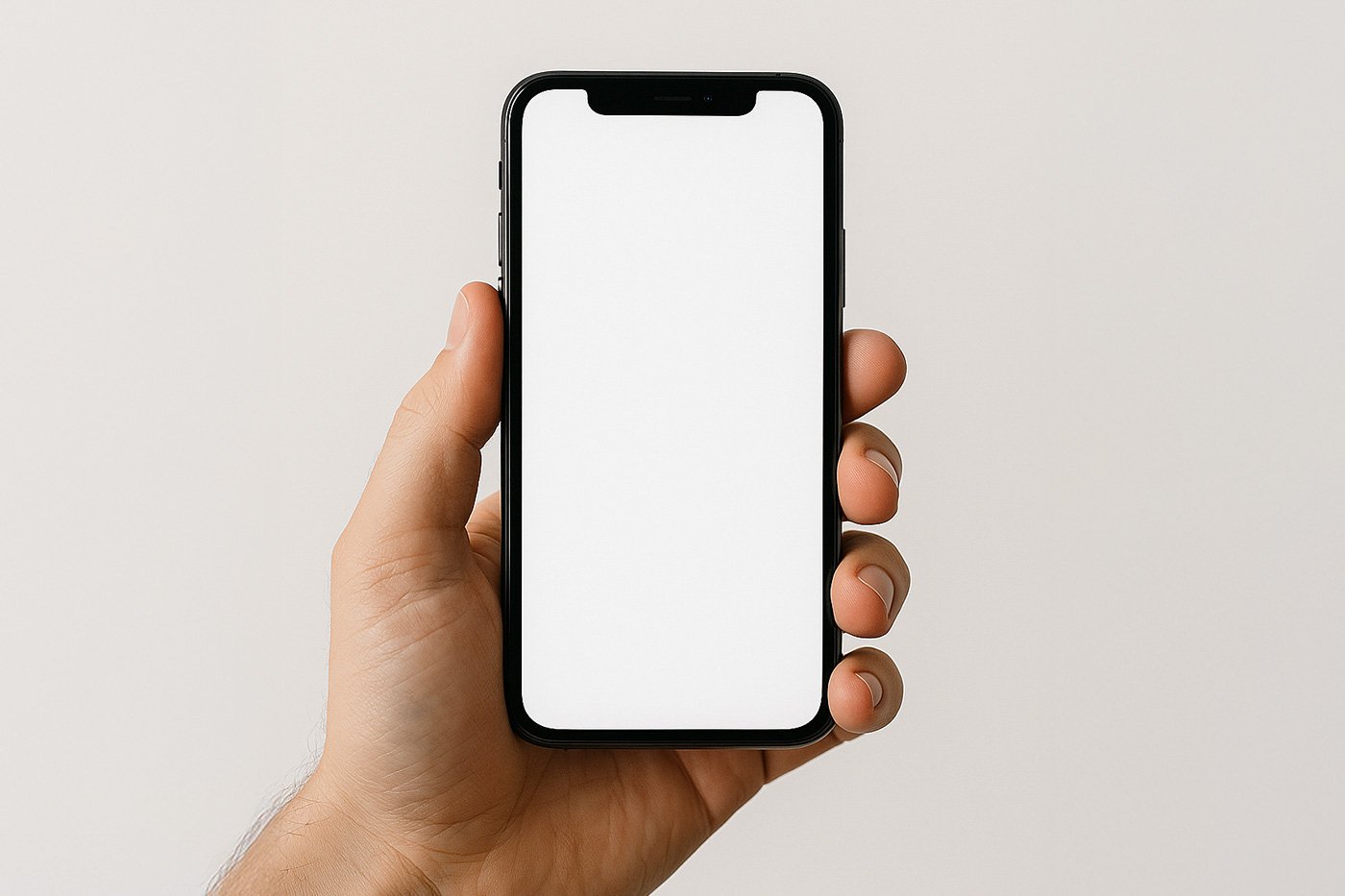How Hyperconnectivity Is Stealing Our Rest.
Picture a hotel where the front desk bell never stops ringing. Day and night, without pause, it chimes its sharp sound: ding, ding, ding. The staff never sleep, never rest, always on alert. There’s no clock on the wall—just a constant stream of calls. Now swap the front desk for your mind, and the bell for notifications, messages, reminders, and emails. That’s the invisible architecture of modern life: a place where silence has been hijacked by other people’s urgency.
Being constantly available has become the new badge of virtue. Fast responders are “efficient.” Slow ones are “negligent.” Response time has turned into a measure of character, almost a proxy for human worth. But there’s a hidden cost: we live tired, scattered, and blind to the fact that the promise of endless connection has quietly morphed into chronic exhaustion.
Unlimited availability began as convenience. The cell phone promised freedom: work from anywhere, reach anyone in seconds, escape rigid schedules. But like all technological promises, there was fine print. What looked like freedom became a glass cage: if we’re always accessible, we’re never fully present.
The boundary between “work hours” and “personal time” has dissolved. In 2019, a Deloitte survey found that over 40% of professionals checked work emails outside office hours every day. That was before the pandemic. After remote work spread, the office moved definitively into bedrooms, living rooms, and dinner tables. We don’t shut the door on work anymore; we just switch tabs.
Philosopher Byung-Chul Han describes our era as the “fatigue of positivity”: it’s no longer the boss who monitors us—we self-police, driven to be productive and reachable at all times. Notifications are an invisible leash. Even when we ignore them, their possibility lingers like a ghost: a ping could come at any second.
This hyper-availability isn’t just logistical—it’s emotional. When you know you can be summoned at any moment, your mind never fully rests. It’s like trying to sleep with a bell beside your bed. That constant state of alert triggers what neurologists call “cognitive hyperarousal,” a nonstop activation of the nervous system that ruins sleep quality, weakens concentration, and heightens anxiety.
The irony is cruel: we’ve never been so connected—and never so drained by the very connections we chase.
In the past, being unreachable was just part of life. Letters took days to arrive. Phone calls were answered only if someone was home. Silence between messages wasn’t neglect; it was the natural rhythm of human relationships. Today, even a few minutes without a reply can be read as indifference. We’ve created a culture of immediacy that confuses care with constant access.
The toll on relationships is real. Psychologist Sherry Turkle’s research on technology and intimacy shows that people increasingly prefer message-based conversations over face-to-face ones. The appeal lies in control: we can reply when we want, edit words, delete lines. But the downside is clear: being “always available” rarely means being truly present. It’s a watered-down availability, low-resolution and thin.
Paradoxically, the more accessible we are, the less depth we bring. Conversations fracture, splintered by other pings, and our attention scatters into micro-doses. It’s like trying to pour wine into hundreds of plastic cups: plenty of quantity, none of the richness.
The pressure to respond quickly also reshapes our identity. We start measuring ourselves by our reply speed, as if there’s a better version of us—faster, sharper, more “on.” The modern self isn’t just who we are, but how quickly we show up on someone else’s screen.
Biologically, this constant demand for responses mimics the stress cycle of people in hazardous environments. Cortisol, the hormone tied to fight-or-flight, is released in small bursts every time we’re interrupted. A University of California study found that professionals who checked email constantly had much higher stress levels than those who limited inbox time to specific slots.
In other words, we’re stuck in a state of permanent micro-alert. Like soldiers in an invisible trench—except the enemy is diffuse, made of pings, red dots, and flashing messages. The battle never ends; it only pauses between notifications.
And there’s a curious consequence: the death of boredom. Boredom once opened the door to daydreaming and creativity. Now it’s replaced by compulsive phone-checking. Instead of letting the mind wander, we hand every scrap of silence to the next feed. As a result, we don’t just rest less—we imagine less.
Yet the paradox deepens. Even as we complain about lack of time, we feed the cycle of availability ourselves. Responding fast feels validating, as if we’re useful, needed, seen. It’s almost addictive. Researchers at the University of Nottingham found that each immediate reply releases small hits of dopamine, the brain’s reward chemical.
So availability doesn’t just drain us—it lures us. Like a casino that never closes, there’s always one more message that could bring good news, fresh opportunities, or just the reassurance that we’re remembered.
That explains why so many people feel anxious at the sight of piled-up notifications. It’s not just digital clutter; each alert feels like an unopened door of possibility.
Which leads to the real question: how do we live in a world that demands constant presence without surrendering to exhaustion?
Maybe the answer isn’t abolishing technology, but reconfiguring our relationship with it. Sociologist Hartmut Rosa speaks of “resonance”—the idea that quality of life comes not from the sheer number of interactions, but from their depth. Instead of answering everything, we cultivate the courage to answer only what resonates.
That requires a countercultural move: reclaiming the right not to be available. Just as libraries preserve quiet zones, maybe we need “inaccessibility zones” in our daily lives. Times when the phone is off, when email stays closed, when we vanish from the digital radar.
At first, it may feel like neglect. But over time, we realize it’s the opposite: by stepping away from constant demands, we relearn how to fully inhabit the present.
“Saying no is often the deepest way of saying yes.”
That phrase isn’t about turning down social invites, but about refusing the hijack of our attention. Every time we don’t reply right away, it’s not disregard—it’s an act of care for our own mind. By creating boundaries around availability, we’re not just protecting ourselves from fatigue—we’re restoring the ability to offer true presence when we choose to engage.
Maybe someday we’ll look back on this era of hyper-availability the way we now view the factory age of 14-hour shifts: a historical anomaly, a transitional phase where we mistook overload for progress.
The real luxury won’t be having Wi-Fi everywhere—it’ll be the guilt-free choice to turn it off. The future of mental health won’t lie in faster replies, but in relearning the art of silence.
Because being always available, in the end, is the most efficient way to never really be there at all.











